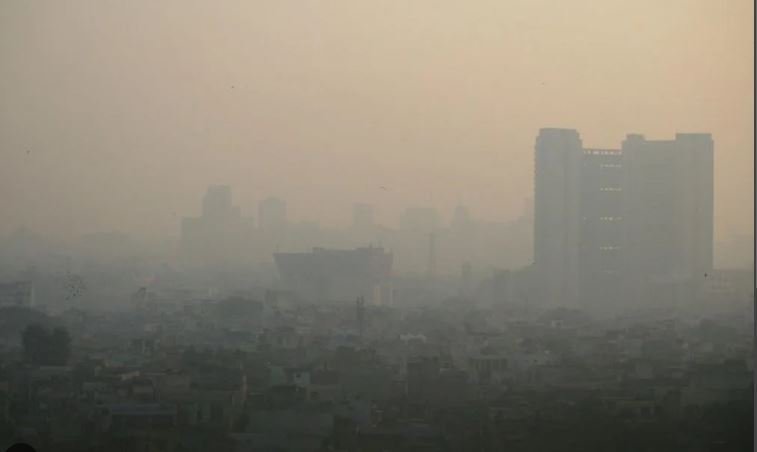The impact of air quality on health in Prince George’s County remains a pressing concern for residents and policymakers alike. Poor air quality can lead to various health issues, from respiratory problems to cardiovascular diseases. As air pollution levels fluctuate, understanding its effects and implementing strategies to mitigate risks becomes essential for community well-being.

Understanding Air Quality and Health Risks
The impact of air quality on health in Prince George’s County begins with recognizing the specific risks associated with air pollution. Pollutants such as particulate matter (PM2.5), nitrogen dioxide (NO2), and ozone can enter the respiratory system and cause serious health problems. Chronic exposure to these pollutants can lead to conditions like asthma, bronchitis, and heart disease. Consequently, the local population faces increased health risks due to declining air quality.
Current Air Quality Situation in Prince George’s County
The impact of air quality on health in Prince George’s County is reflected in recent air quality reports. Data indicates that air pollution levels can vary based on factors like traffic congestion, industrial activities, and weather conditions. During periods of high pollution, residents may experience exacerbated health issues, particularly those with pre-existing conditions. Monitoring air quality trends helps identify patterns and predict potential health impacts, allowing for timely interventions.
Health Effects on Vulnerable Populations
The impact of air quality on health in Prince George’s County is particularly severe for vulnerable populations. Children, the elderly, and individuals with chronic illnesses are more susceptible to the negative effects of air pollution. Children’s developing respiratory systems make them especially sensitive to pollutants, while older adults may experience worsened symptoms of existing health conditions. Public health initiatives aim to protect these at-risk groups by raising awareness and promoting preventative measures.
Strategies to Improve Air Quality
The impact of air quality on health in Prince George’s County prompts the need for effective strategies to enhance air quality. Local authorities are working on initiatives to reduce emissions from vehicles and industrial sources. Implementing stricter regulations on pollution, investing in green infrastructure, and promoting the use of renewable energy sources are crucial steps. Additionally, encouraging public transportation and carpooling can decrease vehicle emissions, contributing to cleaner air.
Community Engagement and Education
The impact of air quality on health in Prince George’s County is addressed through community engagement and education. Local organizations and health departments are actively involved in educating residents about air quality and its effects. Public awareness campaigns highlight the importance of reducing individual contributions to air pollution, such as minimizing vehicle idling and using eco-friendly products. Community events and workshops further promote understanding and encourage healthier practices.
Long-Term Goals and Future Outlook
The effects of air quality on health in Prince George’s County requires long-term commitment to ensure sustained improvements. Future goals include enhancing air quality monitoring systems, expanding green spaces, and fostering community partnerships. By setting ambitious targets and investing in innovative solutions, the county aims to achieve cleaner air and better health outcomes for its residents. Continuous evaluation and adaptation of strategies will be key to maintaining progress and addressing emerging challenges.
Conclusion
The impact of air quality on health in Prince George’s County underscores the urgent need for comprehensive strategies to address pollution and protect residents. From understanding health risks to implementing effective solutions, every effort counts in improving air quality and overall well-being. By staying informed, engaging with community initiatives, and supporting regulatory measures, residents and officials can work together to ensure a healthier future for all.

